The boundary between human creativity and machine generation is becoming increasingly blurred. As artificial intelligence systems like DALL-E, Midjourney, and others produce increasingly sophisticated works, a fundamental question emerges: Can machines truly be creative? This exploration isn’t merely academic—AI-generated paintings have sold at Christie’s for hundreds of thousands of dollars, AI-composed music plays on streaming platforms, and AI-written poetry appears in literary magazines. The creative landscape is transforming before our eyes, challenging our understanding of art’s essential nature.
Creativity has long been considered a uniquely human trait—the ability to imagine something new, to express emotion, to connect with an audience. Yet today’s AI systems create works that appear original, emotionally resonant, and culturally significant. This article examines the intersection of artificial intelligence and art, exploring whether machines can genuinely create or merely imitate, and what this means for the future of human expression.
AI in Visual Art: From Algorithms to Auction Houses
The visual arts have perhaps seen the most dramatic impact from AI technologies. Tools like DALL-E 2, Midjourney, and Stable Diffusion have democratized image creation, allowing anyone with internet access to generate stunning visuals from text descriptions. These systems use neural networks trained on millions of images to understand visual concepts and their relationships.
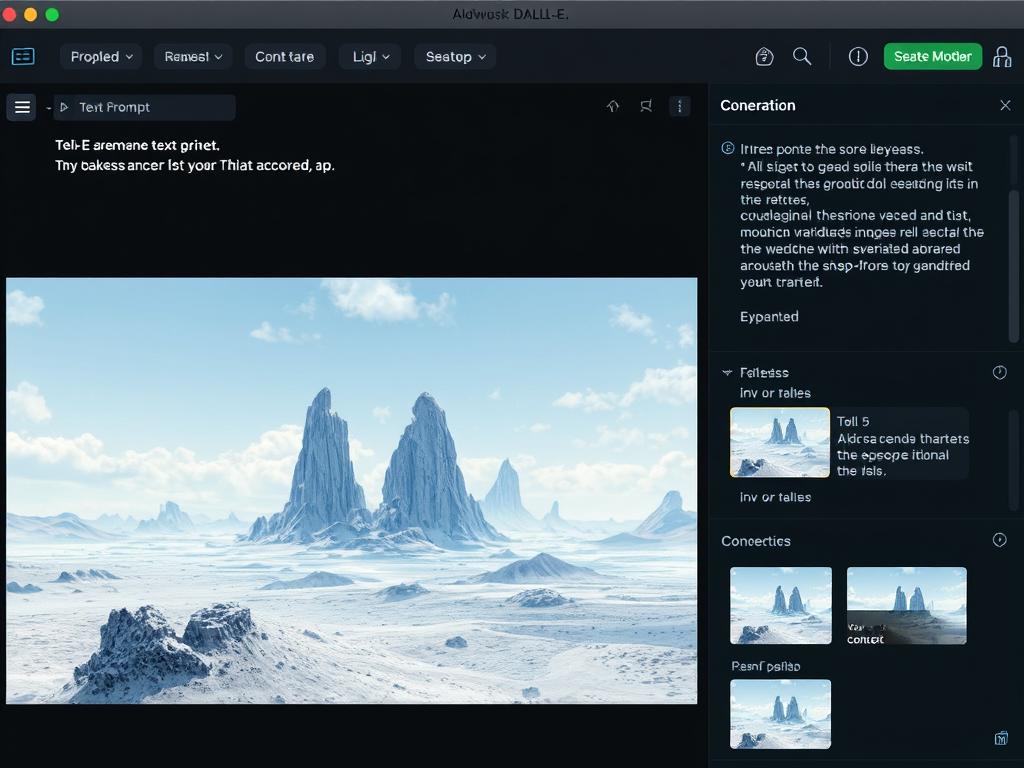
In 2018, the art world took notice when “Portrait of Edmond de Belamy,” created by the Paris-based collective Obvious using a GAN (Generative Adversarial Network), sold at Christie’s for $432,500. This watershed moment forced the art establishment to confront AI as a legitimate creative force. Critics argued about whether the work had artistic merit or was merely a technological novelty.
Artist and programmer Refik Anadol has embraced AI as a collaborator rather than a replacement. His data sculptures and immersive installations use machine learning algorithms to transform vast datasets into mesmerizing visual experiences. “I see AI as a brush, not the artist,” Anadol explains. “The human still directs the intention and meaning.”
“Most at risk are commercial genres with easily recognizable styles and tropes. Even something like autofiction with its ruminating first-person narrators is easily mimicked — but what will be missing, I’m guessing, is genuine vision from living in a specific physical world.”
The debate around AI-generated visual art often centers on originality. Since these systems are trained on existing human-created works, critics argue they merely recombine elements rather than create something truly new. However, proponents counter that human artists similarly learn by studying predecessors before developing their own style.
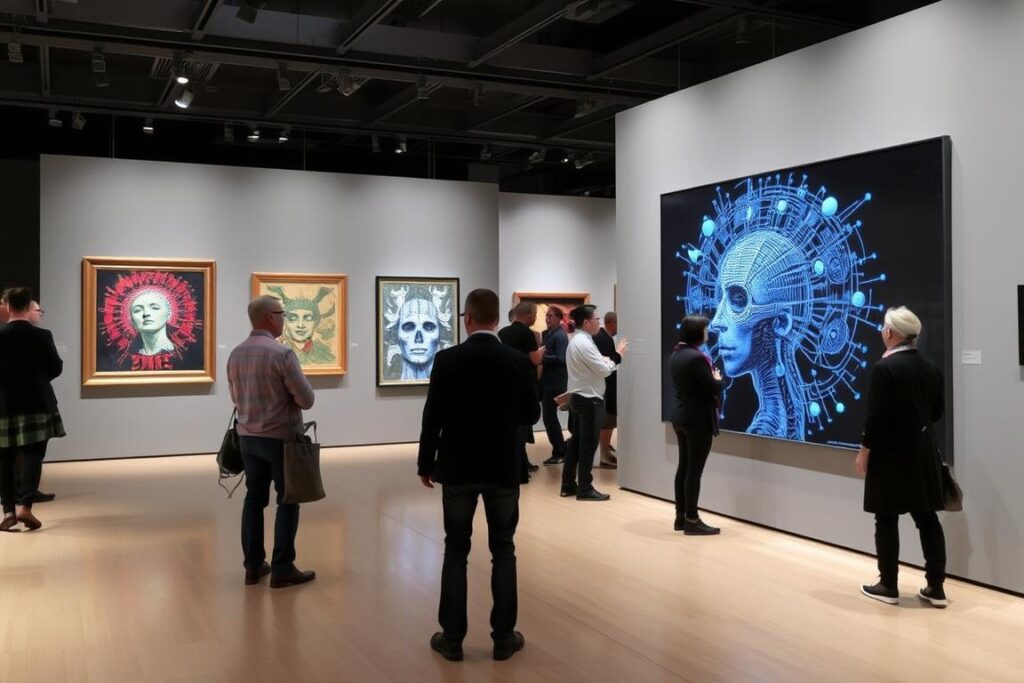
AI Composition: New Harmonies from Algorithms
Music composition has become another frontier for AI creativity. Systems like OpenAI’s MuseNet, Google’s Magenta, and AIVA (Artificial Intelligence Virtual Artist) can compose original pieces across multiple genres, from classical symphonies to jazz improvisations and pop songs.
AIVA, recognized as the first AI composer to be given official artist status by a music society, creates emotional soundtracks used in film, advertising, and games. Its compositions are often indistinguishable from human-created works to the untrained ear. The system analyzes thousands of classical compositions to understand musical theory, harmony, and emotional resonance.
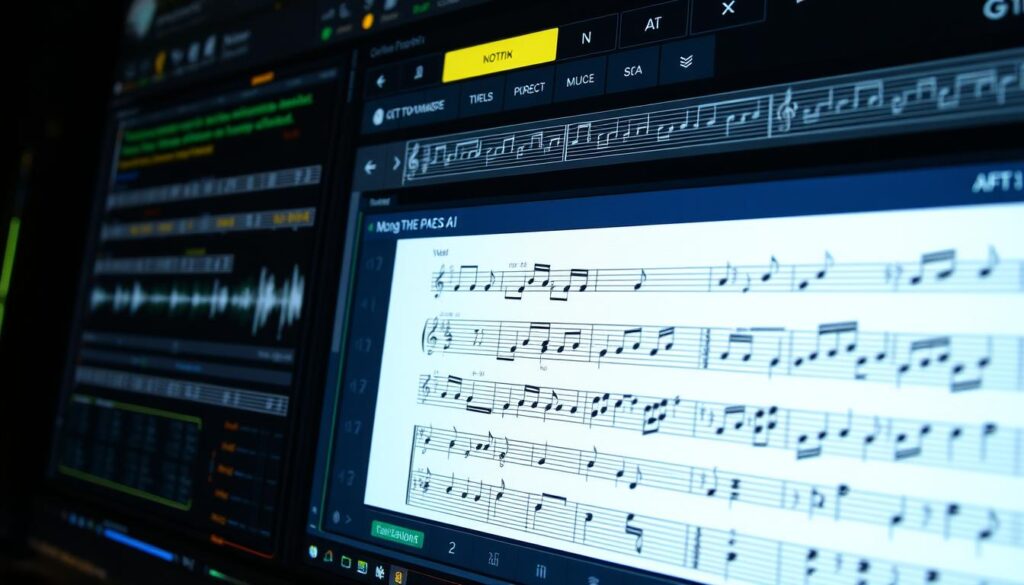
Musician and technologist Holly Herndon has taken collaboration with AI even further. Her album “Proto” features an AI system she named “Spawn,” which she trained on her own voice and those of her ensemble. The result is a haunting chorus of human and machine voices working in harmony.
“That sense of interplay, or the ability to react in the moment, is something that artificial intelligence can’t reproduce because to do that requires being intelligent and having the agency to use your curiosity and your musical vocabulary.”
Critics of AI music point to its lack of lived experience and cultural context. Music often emerges from specific cultural traditions and personal struggles—elements that machines cannot truly understand. Yet others argue that AI composition tools democratize music creation, allowing those without formal training to express themselves musically.
AI in Literature: From Poetry to Prose
The written word might seem the most human of creative domains, yet AI systems are making remarkable inroads here as well. GPT-4 and similar large language models can generate poetry, short stories, and even novel-length works that display coherent narratives and stylistic consistency.
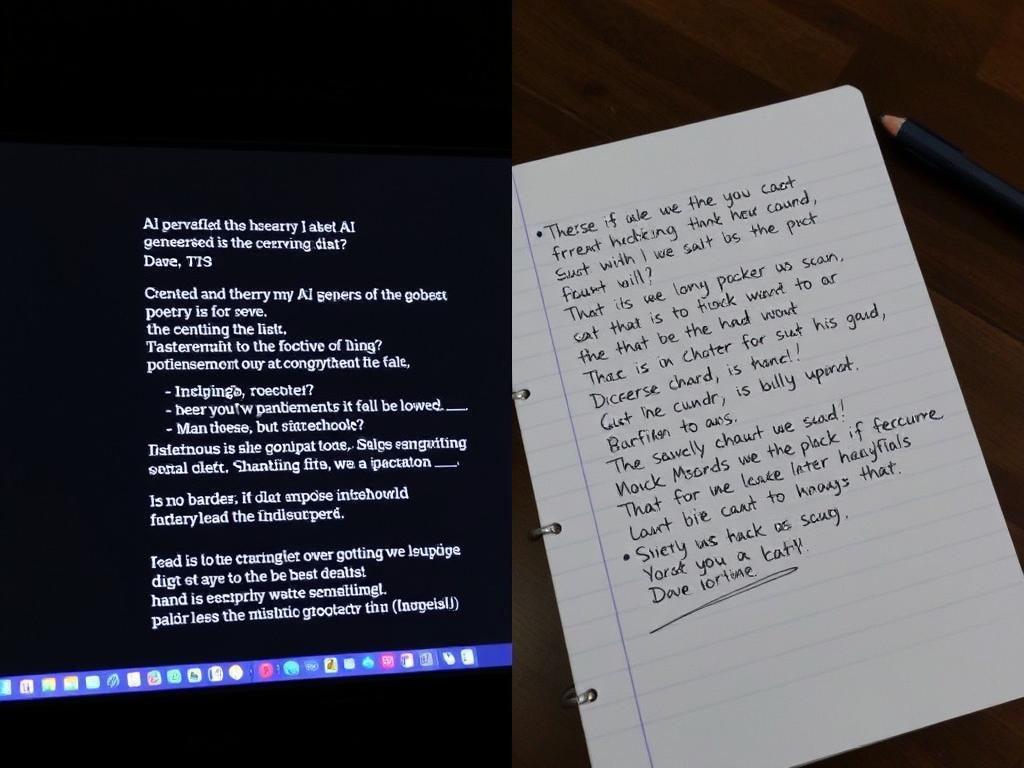
In 2018, researcher Ross Goodwin created an AI-written novel titled “1 the Road,” modeled after Jack Kerouac’s “On the Road.” The AI, installed in a car with cameras and GPS, wrote the novel as it traveled from New York to New Orleans, creating a strange travelogue that reflected both the landscape and the machine’s interpretation of it.
The literary world has responded with both fascination and concern. Some publishers now use AI to identify marketable manuscripts or even generate content for specific genres. This raises profound questions about authorship, originality, and the value of human experience in storytelling.
Can AI understand the emotional depth of literature?
While AI can mimic emotional language patterns, it lacks personal experiences that inform human writing. It can recognize and reproduce emotional cues but doesn’t “feel” them. However, some argue that the reader’s emotional response to text matters more than the writer’s intent, making the AI’s lack of emotion potentially irrelevant to the reading experience.
Poet and programmer Allison Parrish creates works using computational processes, viewing the computer as a collaborator rather than a replacement. “I’m interested in what emerges when human and machine intelligence work together,” she explains. “The unexpected combinations and juxtapositions that neither would create alone.”
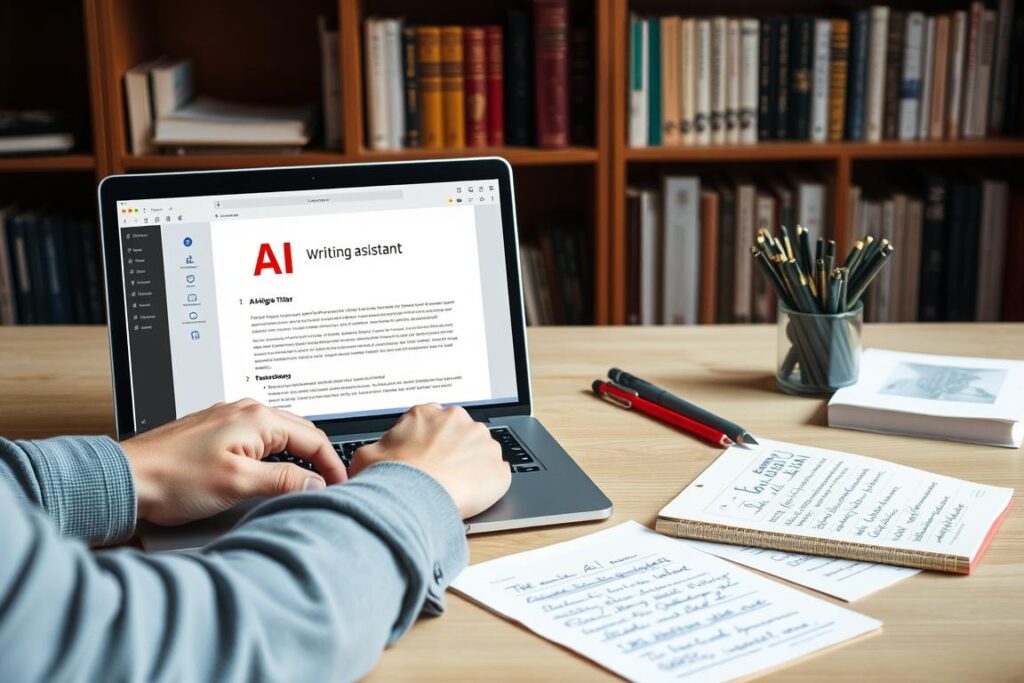
The Creativity Debate: Can Machines Truly Create?
The question of whether AI can be truly creative hinges partly on how we define creativity itself. If creativity means producing novel and valuable outputs, then AI systems certainly qualify. If it requires intention, consciousness, or lived experience, then the answer becomes more complex.
Arguments For AI Creativity
- AI systems can generate truly novel combinations and patterns humans might never conceive
- The output, not the process, determines creativity—if the result is innovative and meaningful, the creator’s nature is irrelevant
- AI can identify patterns across vast datasets that humans cannot perceive, leading to genuinely new insights
- Human-AI collaboration creates a new form of hybrid creativity that transcends either working alone
Arguments Against AI Creativity
- AI lacks intentionality and cannot “mean” to create—it simply follows patterns in its training data
- Without consciousness or emotional experience, AI cannot understand the human context that gives art meaning
- AI systems are ultimately derivative, recombining elements from their training data rather than creating from genuine inspiration
- Creativity requires understanding cultural and historical context that AI cannot truly comprehend
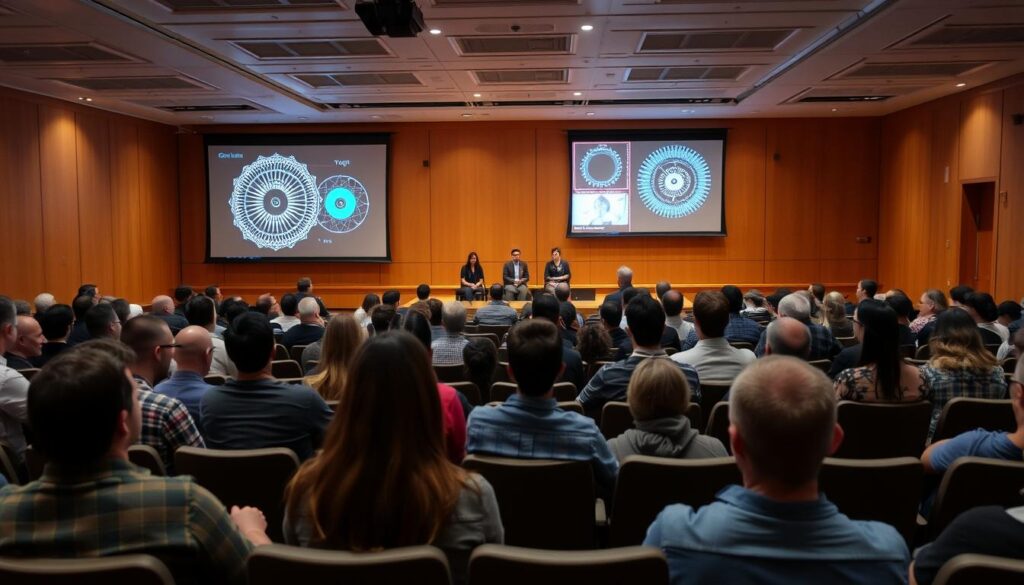
“AI is acting like a sort of collective unconscious. Although it is maybe far-fetched to talk about AI as creative or imaginative, the melding of images from different sources, with large elements of the random, closely approximates some aspects of the creative process.”
Philosopher Margaret Boden distinguishes between different types of creativity: combinational (combining familiar ideas in new ways), exploratory (exploring a structured conceptual space), and transformational (transforming the space itself). AI excels at the first two but struggles with the third, which often requires questioning fundamental assumptions.
Artist and researcher Memo Akten suggests we’re asking the wrong question: “Instead of asking if AI is creative, we should ask how AI changes our understanding of creativity itself. These tools reveal that creativity was never a magical spark but always a process of recombination and transformation—whether by humans or machines.”
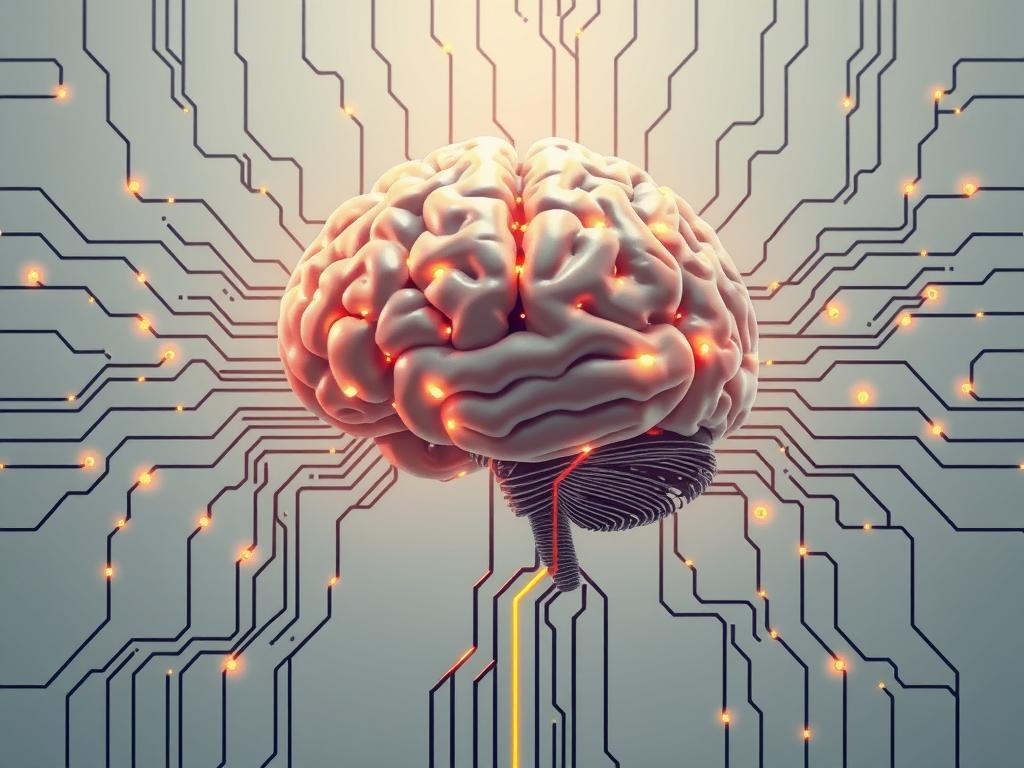
Ethical and Future Implications
The rise of AI in art raises profound ethical questions about copyright, attribution, and the economic future of human artists. When an AI creates a work based on thousands of human-made images, who owns the result? The programmer? The company that built the AI? The artists whose work trained the system?
Key Ethical Concerns in AI Art
- Copyright and intellectual property rights for AI-generated works
- Proper attribution and transparency about AI involvement
- Economic impact on human artists and creative professionals
- Potential for AI to perpetuate biases present in training data
- Cultural homogenization as AI systems trained on similar data create similar works
Legal frameworks are struggling to keep pace with these technological developments. In the United States, the Copyright Office has ruled that AI-generated works without human creative input cannot be copyrighted, while the European Union is developing more comprehensive regulations around AI-created content.
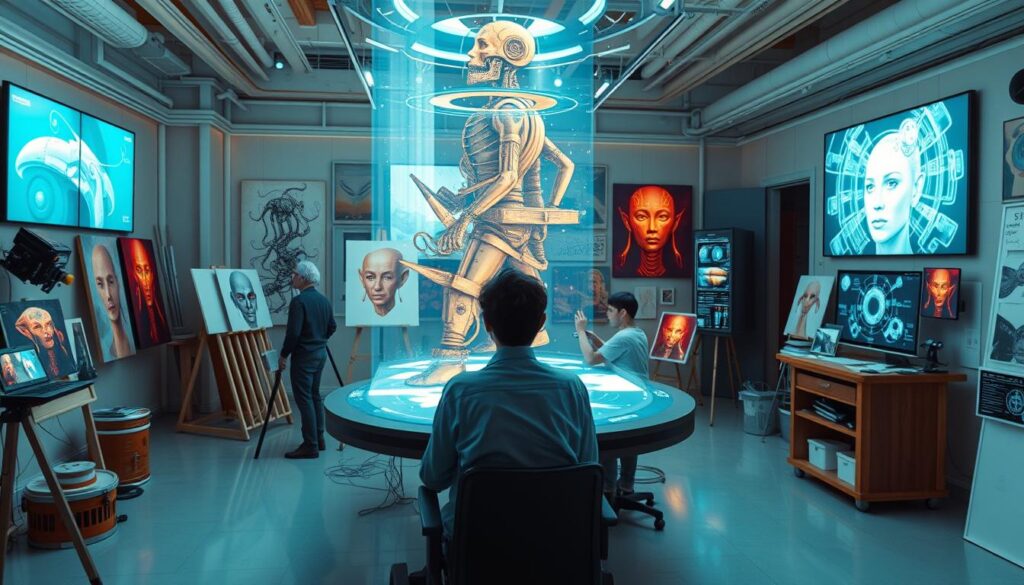
Looking forward, AI art tools may democratize creation, allowing people without traditional training to express themselves visually, musically, or literarily. Conversely, they could lead to a homogenization of style as algorithms converge on what’s statistically “pleasing” rather than what’s provocative or boundary-pushing.
“We should be grateful to be challenged and knocked out of our habits and assumptions! Most of the things that worry me about this fall into the realm of the social and ethical. I hope there are great artists to help us imagine around and work with this new reality.”
The most promising path forward may be collaborative—humans and AI working together, each contributing their unique strengths. Humans provide intention, cultural context, and emotional depth, while AI offers computational power, pattern recognition, and novel combinations. This partnership could lead to entirely new art forms that neither could create alone.
Conclusion: Beyond the Binary
The question “Can AI be creative?” perhaps misses the point. Creativity exists on a spectrum rather than as a binary state. AI systems demonstrate certain aspects of creativity—novelty, problem-solving, pattern recognition—while lacking others like intention, consciousness, and lived experience.
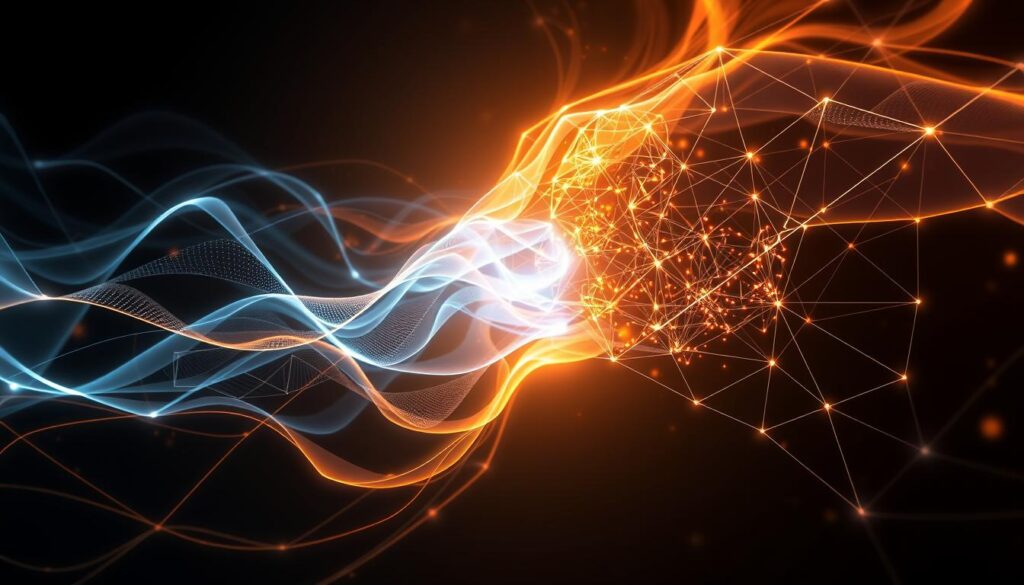
What’s clear is that AI is transforming our understanding of creativity itself. By making explicit the patterns and processes that underlie creative work, AI tools reveal that human creativity has always been a form of recombination and transformation—taking existing elements and arranging them in new, meaningful ways.
As we move forward into this new creative landscape, the most important questions may not be about AI’s capabilities but about our choices: How will we use these tools? What new forms of expression will emerge? And how will we ensure that technology enhances rather than diminishes the human experience of creating and appreciating art?
Experience AI Creativity Yourself
Ready to explore the intersection of AI and art firsthand? Try creating your own AI-generated artwork, music, or writing with today’s leading platforms.
Is creativity a uniquely human trait, or can it evolve beyond biology? Perhaps the answer lies not in either/or but in both/and—a future where human and machine creativity complement and enhance each other, opening new frontiers of expression we can barely imagine today.







